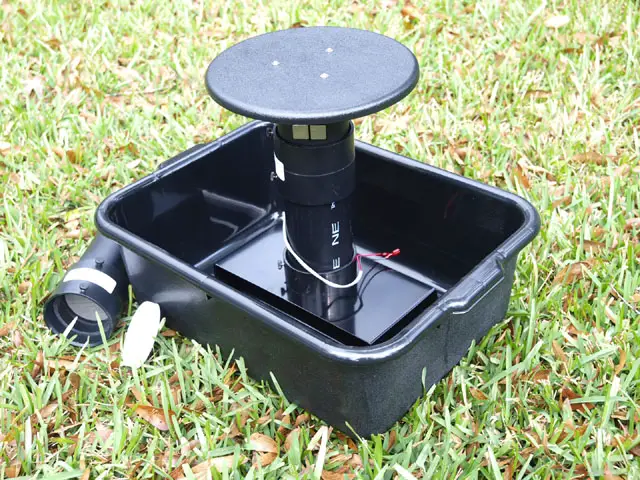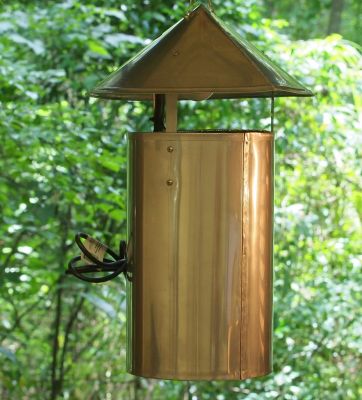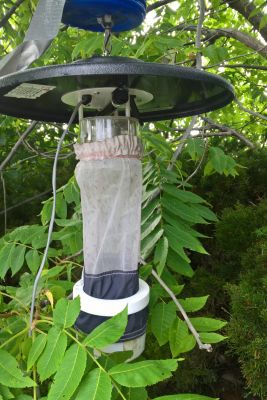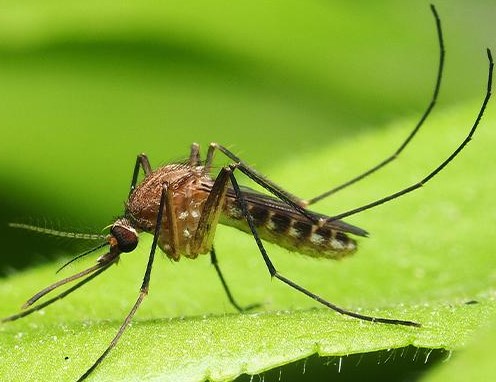Use of mosquito trap
Mosquito trap is designed to attract mosquitoes by imitating human breath, or carbon dioxide, which is how mosquitoes target humans (in addition to the scent of their skin). The traps then use either adhesive glue, electric zap, dehydration, or drowning to kill the mosquitoes.
types of mosquito trap
bg-sentinel trap
The Aedes albopictus (Asian Tiger mosquito) and Aedes aegypti mosquitos were targeted when designing the BG-Sentinel trap (Yellow Fever mosquito). Dengue, chikungunya, Zika, and yellow fever viruses are all spread by these two species, which thrive in urban areas. Both species breed in both natural and manmade containers, making them famously difficult to capture in large numbers.
The BG-Sentinel trap is made of a tarp-like cloth and uses an attractant such as Octenol, human fragrance, or carbon dioxide (CO2). Mosquitoes are drawn into a collection net via a funnel at the top of the trap, which brings them to an electric fan (either plug-in or battery-powered). When used in the right places and with the right attractants, the BG-Sentinel traps are effective at catching the elusive Aedes species.


Gravid trap
Gravid traps are used to catch Culex species capable of spreading West Nile virus, St. Louis encephalitis, and both Western and Eastern Equine Encephalitis, such as Culex tarsalis or Culex pipiens. The stagnant water placed under a battery-powered fan attracts Culex mosquitoes, which are then blown into a collection container.
The water contains a solution of organic material, usually grass or hay, that has been allowed to rest for several days or longer and acts as an attractant by simulating naturally occurring stagnant water, which Culex species prefer to lay their eggs. On days when no trapping is taking place, the water attractant should constantly be drained from the trap. This is especially critical if the trap is near any dwellings for public health reasons, as the trap will operate as a breeding site if no collection container and batteries are attached.
new jersey light trap
The New Jersey light trap is a generalized adult mosquito trap that may catch a wide range of mosquito species. Because it must be firmly placed about 5 to 6 feet above the ground and powered by an outlet, this mosquito gathering device is intended for a more permanent trap position. As an extra attractant, dry ice can be strung directly above a New Jersey light trap in a vented container. The New Jersey light trap is an excellent tool for any mosquito management program since it can catch a wide variety of mosquito species in huge numbers.
A thorough survey of mosquito species captured can aid technicians in determining relative mosquito numbers, identifying local mosquito vector species, and locating local breeding sites. This trap’s attractants tend to attract more aggressive mosquito species. A well-placed New Jersey light trap may be beneficial to nuisance mosquito control operations in particular.


cdc light trap
In adult mosquito surveillance, CDC light traps are the industry standard. These portable traps, developed by the Centers for Disease Control and Prevention (CDC), are powered by a 6V battery and feature a motorized fan and a mosquito collection cup. The most common form comes with a small light and a carbon dioxide (CO2) bait source. CDC traps are portable and can be used in a variety of ways. Adult mosquitoes will be attracted to the trap by the CO2 flow, which mimics the expelled respiratory gasses of birds or mammals.
Mosquitoes brought to the trap are sucked in from the top and propelled downward into the collection net by the fan, where they cannot escape. Because many mosquito species are active in the evening, CDC traps are usually set around dusk and collected after daybreak the next day. The lab can then examine the live-trapped mosquitos.



